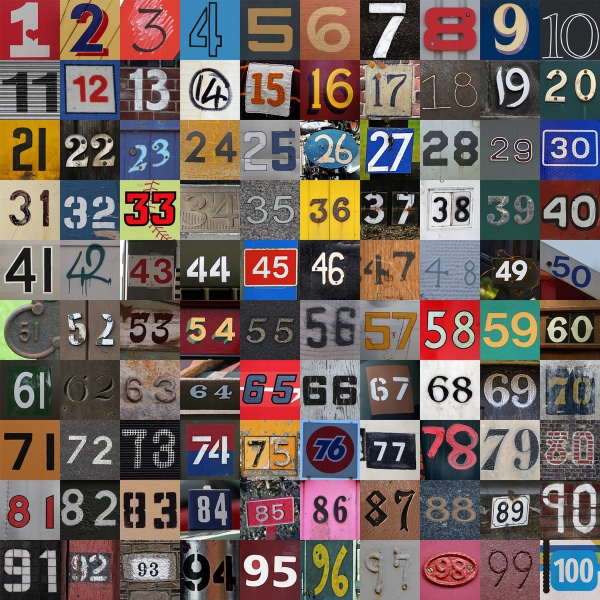
Since the last time we discussed the subject of rechargeable batteries, I’ve been running every rechargeable in the house (outside of UPS batteries) through the Zanflare charger. Let’s note that the charger has performed well. It’s only problem is getting AAA batteries in it so that they make good connections. That’s been solved by adding some plastic shim stock into each slot so that the AAAs are, in essence, elevated a bit. The stock is simply laid in so it can be removed when needed.
Each battery was been ran through the charger’s “fast test” mode, which allow you to set a charge rate (I took the default 500 mw) and then charges, discharges and recharges the battery, recording data on performance.
After finishing off the old NiMh rechargeables (total loss, all useless) I started on the NiCads. There were 14-2 packs of 4 Radio Shack branded batteries and a number of cells salvaged from various places.
All the salvaged cells were toast. OK, that shouldn’t be surprising, since they had likely been thoroughly used before salvage. The Radio Shack cells were mixed. One pack, ran through the suggested 3 cycles, plus one extra cycle “just because”, charged up within 10% of their stated capacity. The other 4-pack would only charge up to 10% of their stated capacity. I have no explanation why this would be, since they were both purchased at the same time, when the local RS store went out of business over a decade ago. At least that gives me a set for my old Realistic Pro-95 scanner. (It’s still useful for analog scanning.)
Then came the Eneloops. These are all Sanyo batteries, purchased in August, 2012. (These are the only ones I have a hard date for, as they were purchased from Amazon. I’m going to start dating every freaking thing I buy for storage. Lesson learned.) I had 16 AAA and 20 AA cells. All were still holding enough charge to be useful, but I have no way of knowing what the percentage of charge was.
Each cell was ran through the fast test cycle on the Zanflare. Of the AAAs, one failed to take a charge. The rest charged up to within 5% of the stated capacity. The AAs all charged up to 5-6% over the stated capacity, a pleasant surprise.
Going forward, sticking with the modern NiMh batteries seems to be the proper move. I’m not sure which brand I will go with, but I’m think of sticking to the Eneloops, now manufactured by Panasonic. I won’t be buying many, probably no more than I originally purchased. I do need a few NiCads for devices with built-in chargers that specify that type of battery (my Pro-91 and Pro-95 scanners and a couple of other older pieces of equipment). I may keep just a few of these (say 4) as spares.
Batteries will now go on the maintenance schedule, and I think they’ll be recharged every quarter. Even if I live another 40 years, that won’t use up a very sizeable fraction of the stated number of cycles for either type. I’m probably going to buy a charger with more slots, just to speed up the process. I’m considering building one if I can find all the right parts. The ability to recharge 20 batteries at a time sounds interesting. If I do, you’ll be subjected to seemingly endless blog posts about the process.
I hope you find this all useful.

